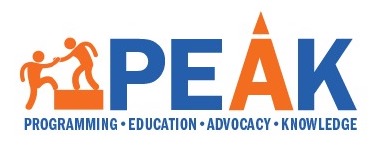My Hearing
UNDERSTANDING LISTENING ENVIRONMENTS
UNDERSTANDING LISTENING ENVIRONMENTS
![]()
![]()
![]()
OBJECTIVES: (Competency)
![]()
- Is it easy to understand your teacher talking from the front of the room?
- Is it easy to understand your teacher roaming about the classroom?
- Does noise make it easier or harder for you to hear?
- Is it easier or harder to understand people if they are closer to you?
- What makes it hard to understand all of what a classmate says when they answer from across the classroom?
- What is reverberation?
- What happens to your understanding when you can’t see someone’s face?
- Could an open classroom door be problematic? Why?
- Why is the gym such a difficult place to ‘hear’?
- Why is it hard to understand talking in movies?
- Why would sitting at the back of a classroom or group (e.g. field trip) be challenging?
- What is “visual access” and why is it important?
- What are good and poor “classroom acoustics”?
OBJECTIVES: (Relatedness)
![]()
- Do I know others who experience the same challenges in different listening environments?
- Where can I get support/help to understand how I may hear better in different environments?
- Who can help me talk to my classroom teachers to facilitate their understanding of hearing loss and required accommodations?
- Do I feel comfortable explaining my hearing technology to my friends? To others in my school?
OBJECTIVES: (Autonomy)
![]()
- Would you ask to be seated in a strategic location (e.g. front of the room away from distractions)
- Would you ask to reduce the room noise (turn off fan, music, close door)
- Would you ask to be seated in a quieter location?
- What would you do if the person talking was not looking at you?
- How do you inform a person to stand and talk on your better hearing side (unilateral loss or asymmetrical)
- How would you request closed captions (CC)
- Do I know how to manage my hearing/hearing technology in environments that are important to me?
